A Nostalgic Ride Through The Internet’s Early Days
Welcome, fellow netizens, to a nostalgic voyage back to the dawn of the internet era! Picture a world where the term ‘surfing’ had nothing to do with waves, and ‘online’ was a novel concept.
This was a time of innovation and curiosity, as the digital frontier opened up new possibilities. We’ll explore the embryonic stages of the internet, tracing its evolution from academic networks to a public phenomenon that revolutionized communication and culture.
The ARPANET: Where It All Began
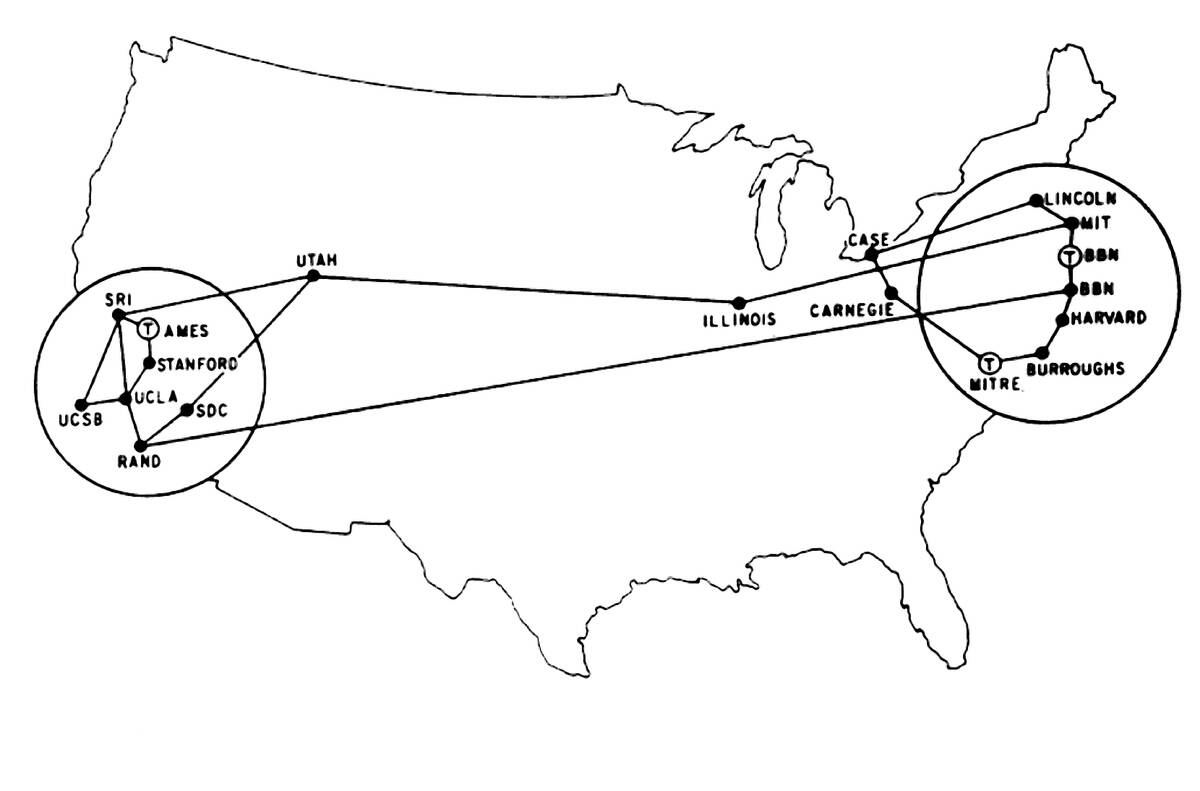
In the late 1960s, ARPANET emerged as the progenitor of what we now call the internet. Funded by the U.S. Department of Defense, ARPANET connected four universities in 1969, allowing them to share information digitally.
This groundbreaking network utilized packet switching, which efficiently transferred data across the system. ARPANET’s success laid the groundwork for the development of subsequent networks, proving that digital communication was not only possible but also practical.
From Military Roots to Public Curiosity

While ARPANET began as a military project, it wasn’t long before the public’s interest was piqued. By the 1980s, the National Science Foundation (NSF) expanded the network to include more institutions, creating NSFNET.
This development democratized internet access, transforming it from a tool for academics and the military into a resource for everyone. Public curiosity grew as individuals began to realize the potential for connecting with others and accessing information on a global scale.
The Rise of Personal Computers
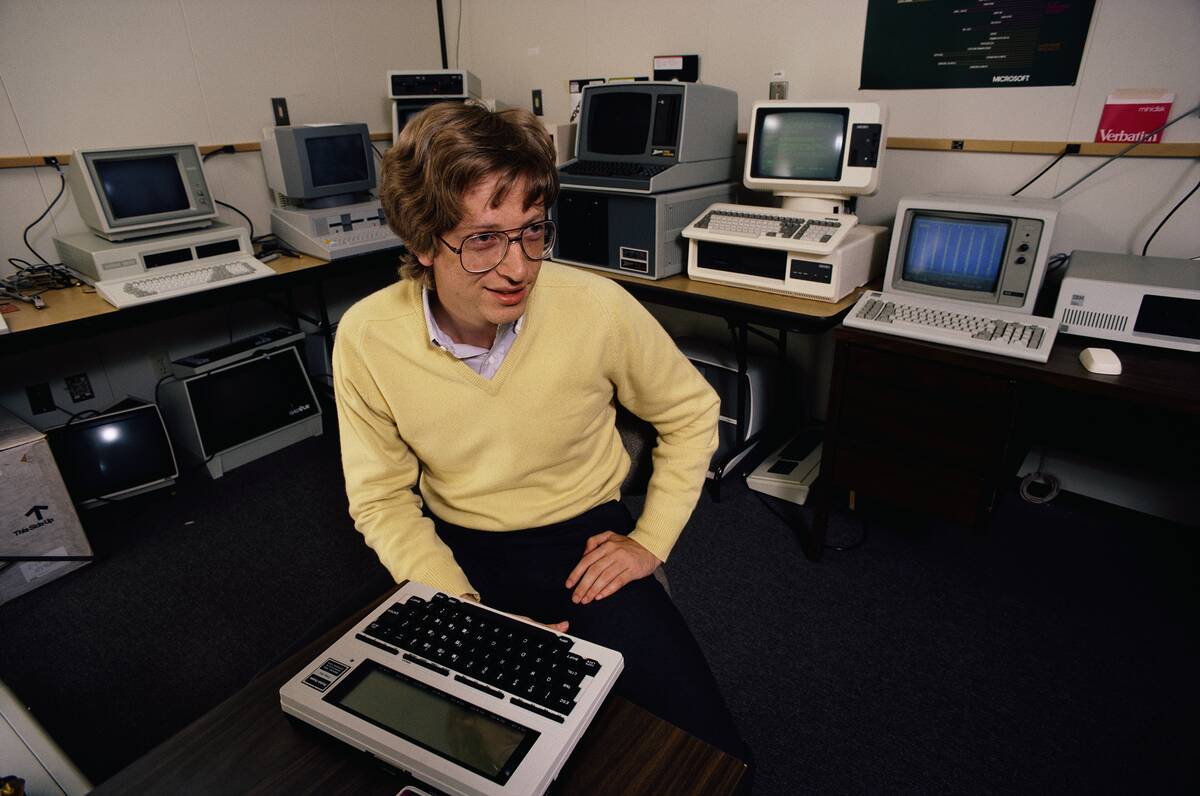
The late 1980s marked a pivotal era with the advent of personal computers, bringing the internet into homes. Companies like IBM and Apple led the charge, making computers more affordable and accessible.
The development of user-friendly operating systems like Windows and Mac OS further fueled this trend. As households acquired PCs, the foundation was laid by the ’90s for ordinary people to explore the burgeoning digital world from the comfort of their living rooms.
The Birth of Email: A New Way to Communicate

Email revolutionized communication, providing a quicker alternative to traditional mail. Ray Tomlinson (pictured) is credited with sending the first email in 1971 over ARPANET. By the 1990s, email had become an essential tool for both personal and professional communication.
The ‘@’ symbol, once an obscure character, became a ubiquitous part of our digital lexicon, signifying a shift towards instant global connectivity that we now take for granted.
Usenet: The Dawn of Online Communities

Long before social media, Usenet was the place to be for online discourse. Established in 1980 by Tom Truscott and Jim Ellis, Usenet allowed users to post messages in newsgroups, covering topics from science to entertainment.
It was essentially the first online forum, fostering communities based on shared interests. Usenet’s decentralized nature meant that anyone could join the conversation, laying the groundwork for the community-driven platforms we see today.
Bulletin Board Systems (BBS): The Original Social Media
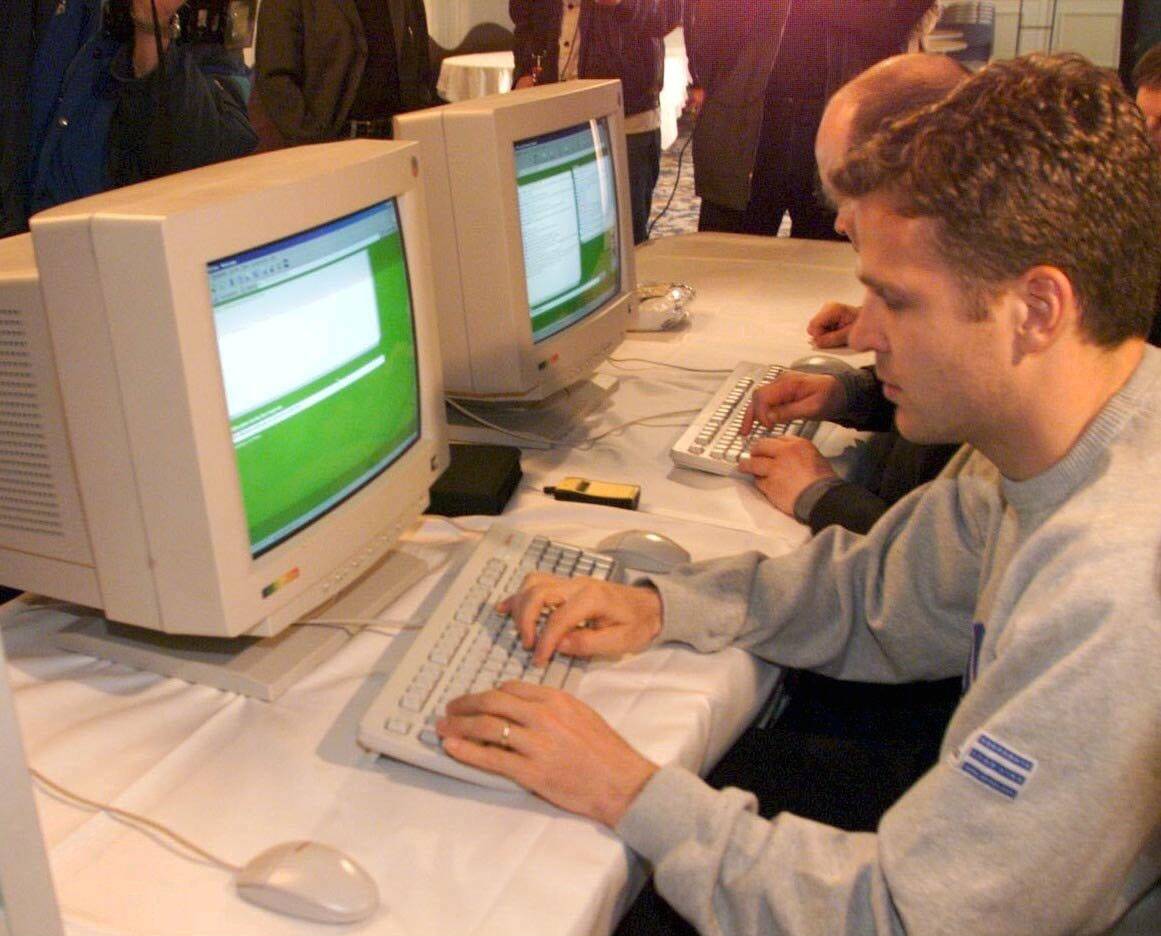
Before Facebook and Twitter, there were Bulletin Board Systems (BBS). These early platforms, which gained popularity in the 1980s, allowed users to connect via dial-up modems to share files, chat, and play games.
BBSs were often run by hobbyists, creating local online communities. They featured message boards and file sharing, paving the way for modern social media by fostering interaction and content creation among users.
The World Wide Web: Tim Berners-Lee’s Vision

In 1989, a visionary named Tim Berners-Lee proposed the World Wide Web, a system to access information via the internet. By 1991, the first website was live, introducing hypertext links that connected documents.
Berners-Lee’s invention opened the floodgates, allowing anyone with an internet connection to browse and share information. The web democratized knowledge and empowered individuals, heralding a new era of digital exploration and communication.
Dial-Up Internet: The Soundtrack of a Generation
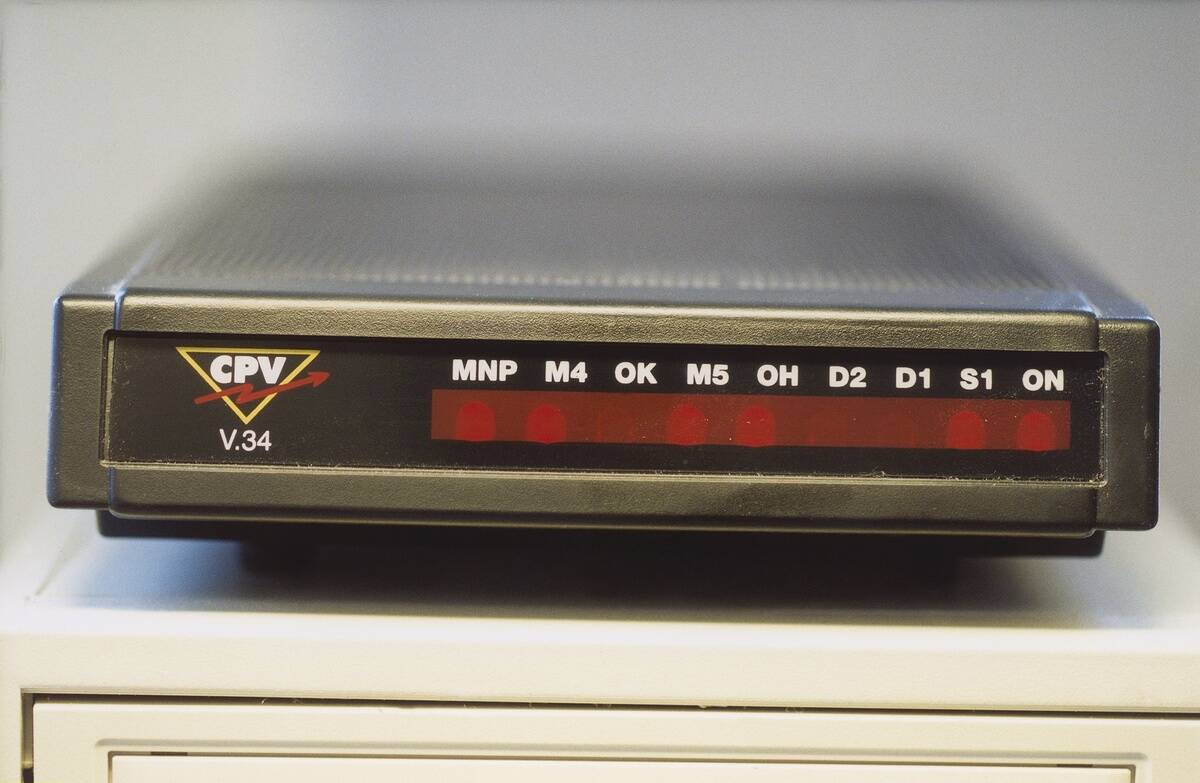
Remember the screeching symphony of dial-up internet? This iconic sound was the gateway to the online world for many in the 1990s. Using telephone lines, dial-up connections were notoriously slow, but they opened new realms of possibility.
Patience was a virtue as users endured long loading times just to check emails or browse websites. Despite its limitations, dial-up was a crucial stepping stone in making the internet accessible to the masses.
Iconic Web Browsers: From Mosaic to Netscape

The early 1990s saw the rise of web browsers, transforming the way we accessed the internet. Mosaic, developed by Marc Andreessen and Eric Bina, was among the first to display images alongside text, making the web more visually appealing.
Its successor, Netscape Navigator, dominated the market by the mid-90s, boasting user-friendly features and speed. These browsers were pivotal in popularizing the web, making it an integral part of everyday life.
Geocities and Angelfire: DIY Website Revolution
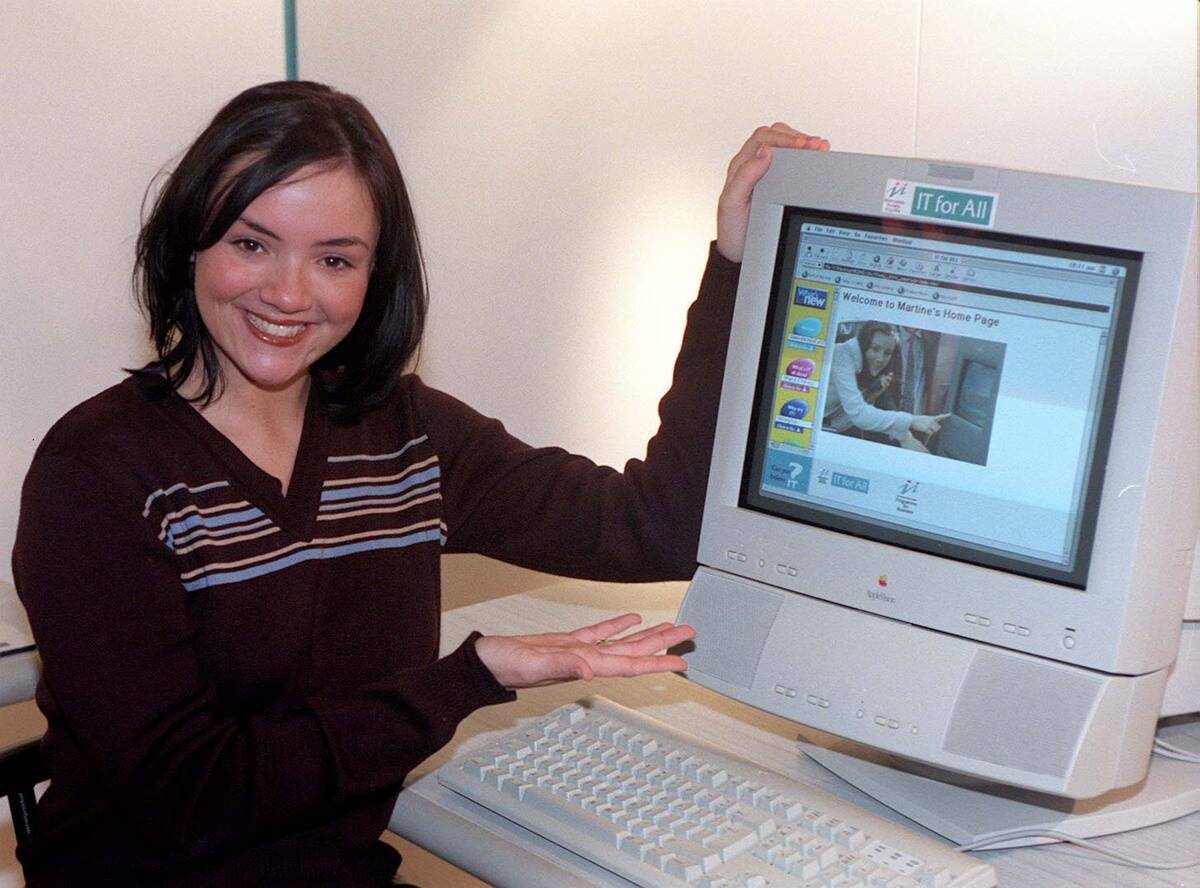
In the mid-90s, platforms like Geocities and Angelfire empowered users to create their own websites with ease. These services offered templates and tools that required minimal technical expertise, leading to a boom in personal web pages.
From fan sites to personal diaries, users embraced this creative outlet. This DIY spirit democratized content creation, setting the stage for today’s blogging and social media platforms where everyone can share their voice.
The Early Search Engines: Yahoo!, Lycos, and AltaVista

Before Google became synonymous with search, there were Yahoo!, Lycos, and AltaVista. These early search engines emerged in the 1990s, helping users navigate the burgeoning web.
Yahoo! started as a directory, curating websites into categories, while Lycos and AltaVista offered more advanced search capabilities. They each played a crucial role in organizing the chaotic expanse of the internet, making it easier for users to find the information they needed.
Memorable Early Websites: A Stroll Down Memory Lane

Take a nostalgic trip back to the early web with sites like Space Jam‘s official page, which still exists in its original form. These early websites were often simple, with basic HTML and graphics.
Websites like The Dancing Baby and Hamster Dance became viral sensations, spreading joy and humor. These digital relics remind us of a time when web design was in its infancy, yet already capable of captivating and entertaining audiences worldwide.
The Instant Messaging Boom: AIM, ICQ, and More
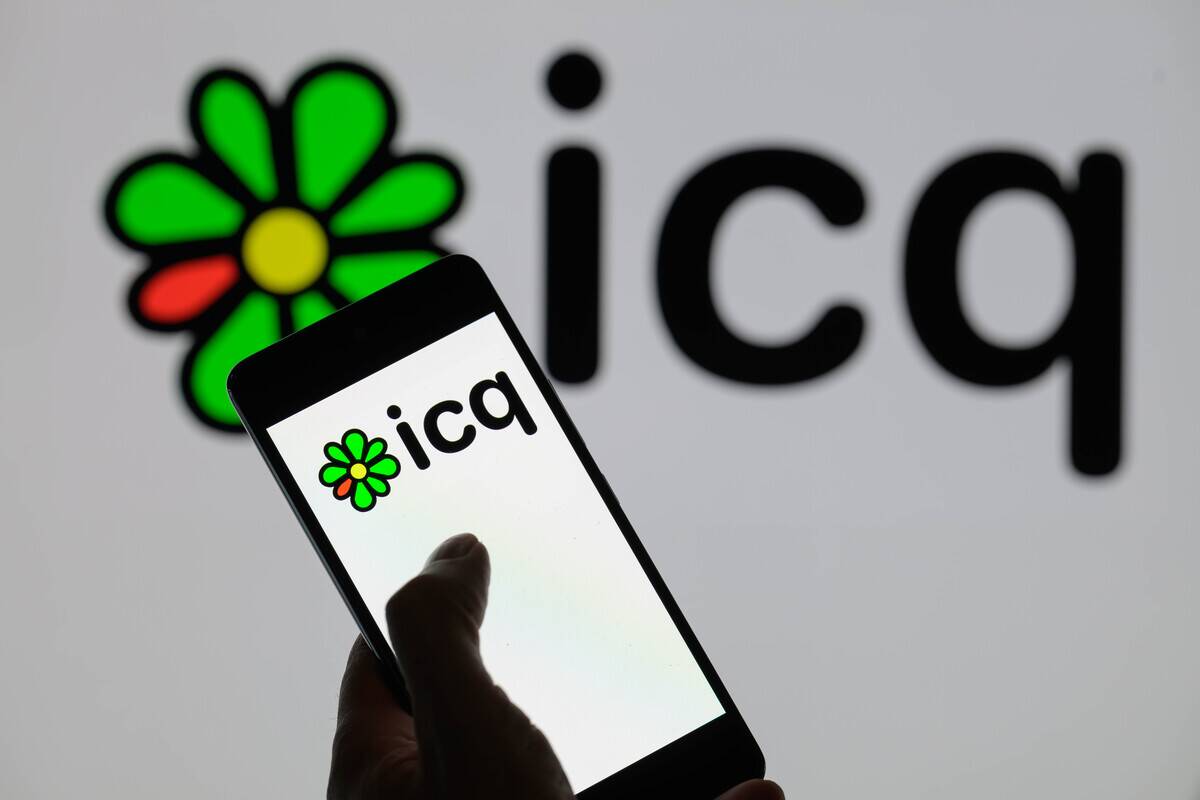
Instant messaging transformed online communication in the late 90s. AOL Instant Messenger (AIM) and ICQ were pioneers, allowing users to chat in real-time. With features like away messages and buddy lists, these platforms became social hubs for teenagers and adults alike.
Instant messaging offered a more immediate form of communication than email, setting the stage for today’s ubiquitous messaging apps that keep us constantly connected.
The Role of Internet Relay Chat (IRC) in Shaping Online Culture

Internet Relay Chat (IRC) was a crucial tool for real-time communication before the rise of modern chat apps. Introduced in 1988, IRC allowed users to join channels and chat with others worldwide.
It became a haven for niche communities and tech enthusiasts, fostering a culture of collaboration and information exchange. IRC’s influence is still felt today, as its spirit of open communication and connectivity paved the way for platforms like Slack and Discord.
Online Gaming: From MUDs to MMOs

The evolution of online gaming began with Multi-User Dungeons (MUDs) in the late 70s, text-based games that allowed multiple players to interact. As technology advanced, so did online gaming, leading to Massively Multiplayer Online games (MMOs) like EverQuest, Ultima Online (pictured), and World of Warcraft.
These immersive worlds allowed players to explore vast landscapes and form communities. Online gaming not only transformed entertainment but also fostered global friendships and collaborations.
The Dot-Com Boom and Bust: A Cautionary Tale

The late 90s witnessed the meteoric rise and subsequent fall of the dot-com bubble. Fueled by speculation, tech startups attracted massive investments, often without solid business models.
Companies like Pets.com epitomized the era’s excess, with soaring stock prices despite lackluster profits. The bubble burst in 2000, leading to significant losses and bankruptcies. This cautionary tale serves as a reminder of the volatility of tech investments and the importance of sustainable growth.
Nostalgic Internet Lingo: ROFL, BRB, and More
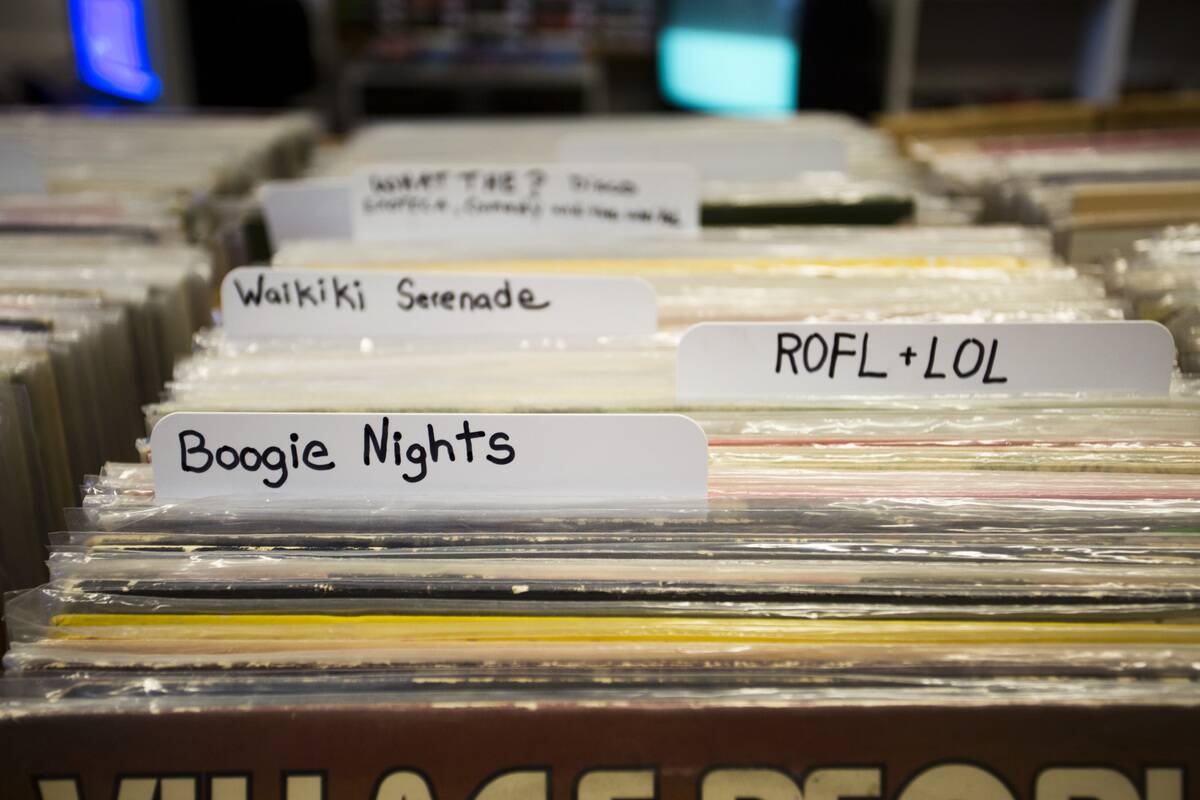
As the internet grew, so did its unique lingo. Acronyms like ROFL (Rolling On the Floor Laughing) and BRB (Be Right Back) became part of everyday conversation. These shorthand expressions allowed users to communicate more efficiently in chat rooms and instant messages.
This playful language reflected the informal nature of online communication and continues to evolve, influencing how we express ourselves in the digital age.
The Internet’s Impact on ’90s Pop Culture
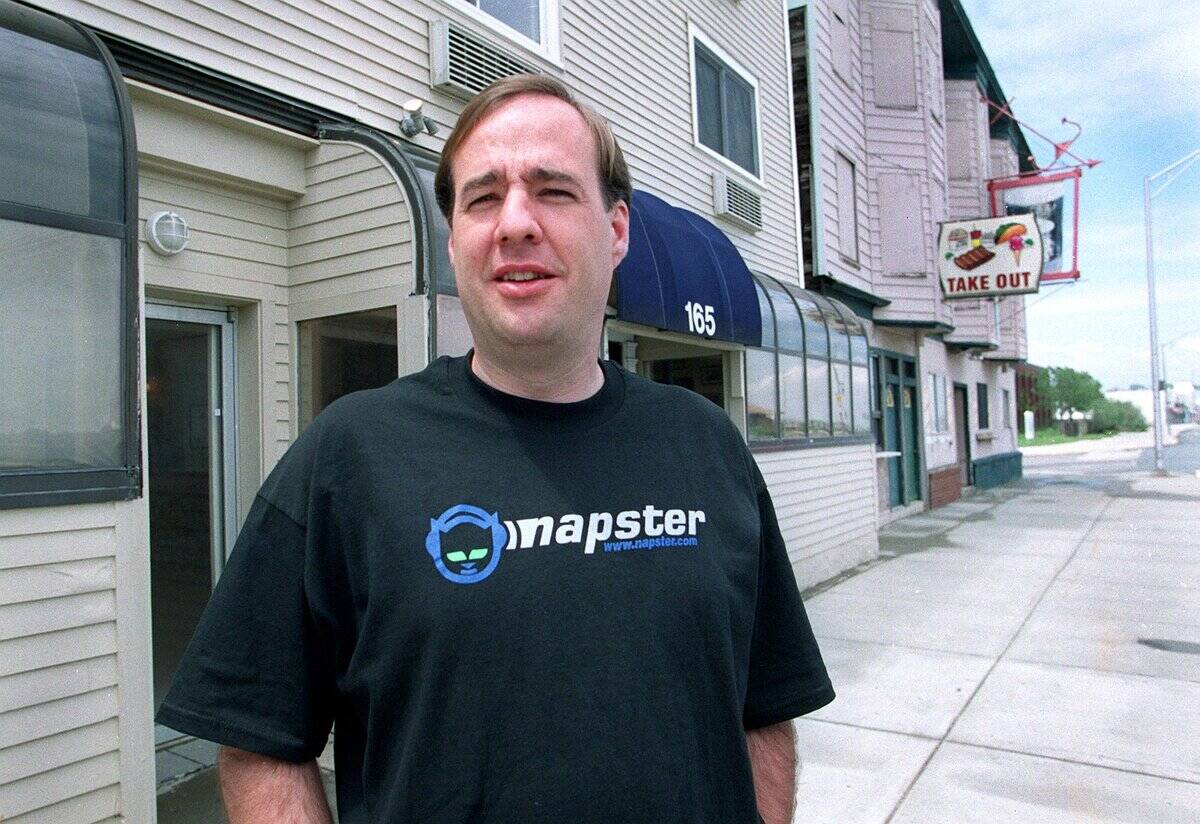
The 1990s saw the internet’s profound influence on pop culture, from music to movies. The rise of Napster revolutionized music sharing, while websites like IMDb became essential resources for film enthusiasts.
Online fan communities flourished, enabling fans to connect and share their passions. The internet not only shaped how we consumed media but also how it was created and distributed, laying the foundation for today’s digital entertainment landscape.
Y2K: When the Internet Faced Its First Big Scare
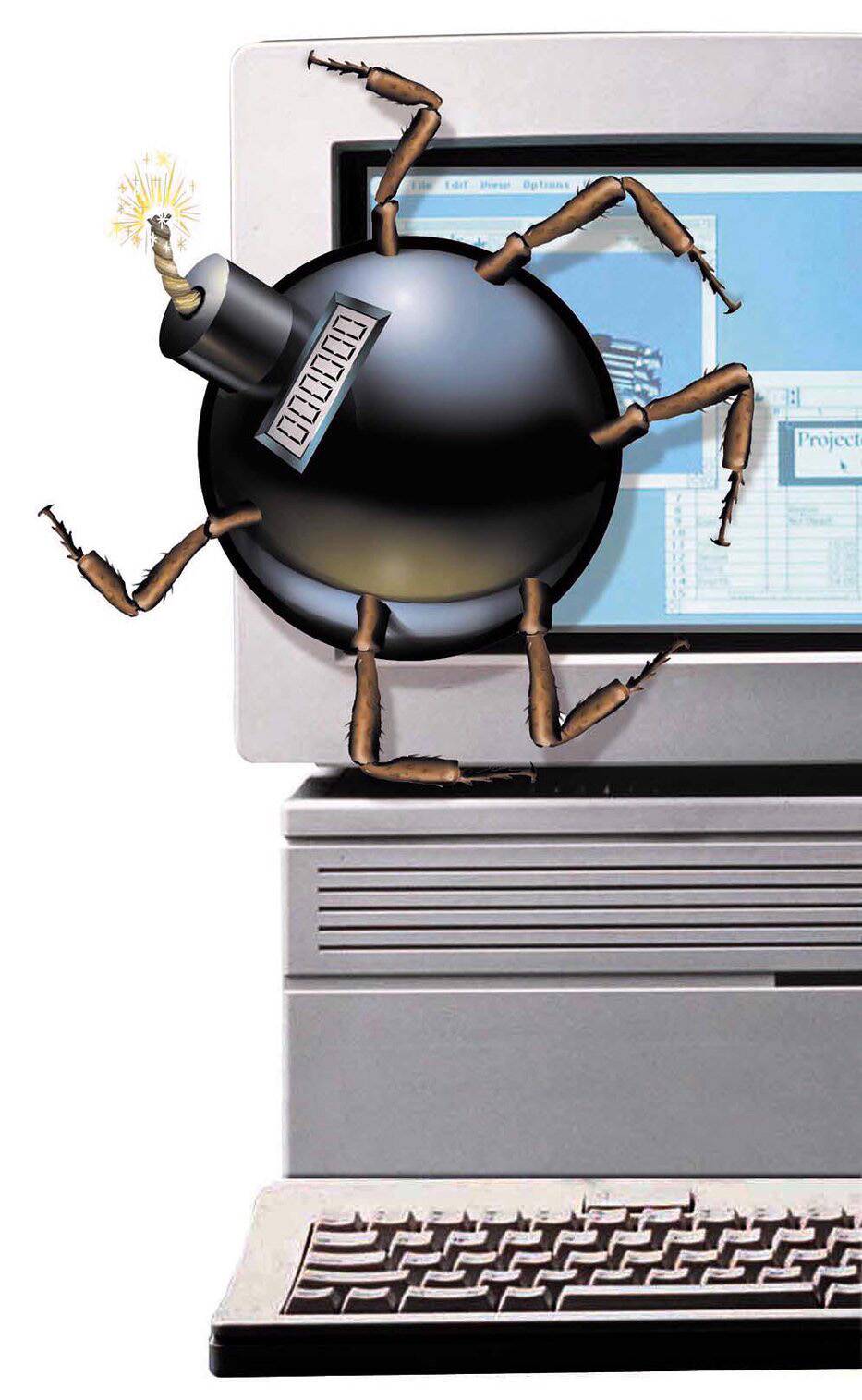
As the millennium approached, the Y2K bug loomed large, threatening to disrupt computer systems worldwide. The fear was that computers would misinterpret the year 2000 as 1900, leading to potential chaos.
Companies and governments scrambled to update systems and prevent disasters. When the clock struck midnight on January 1, 2000, the world breathed a sigh of relief as minimal disruptions occurred. Y2K highlighted the importance of digital preparedness in an increasingly connected world.



